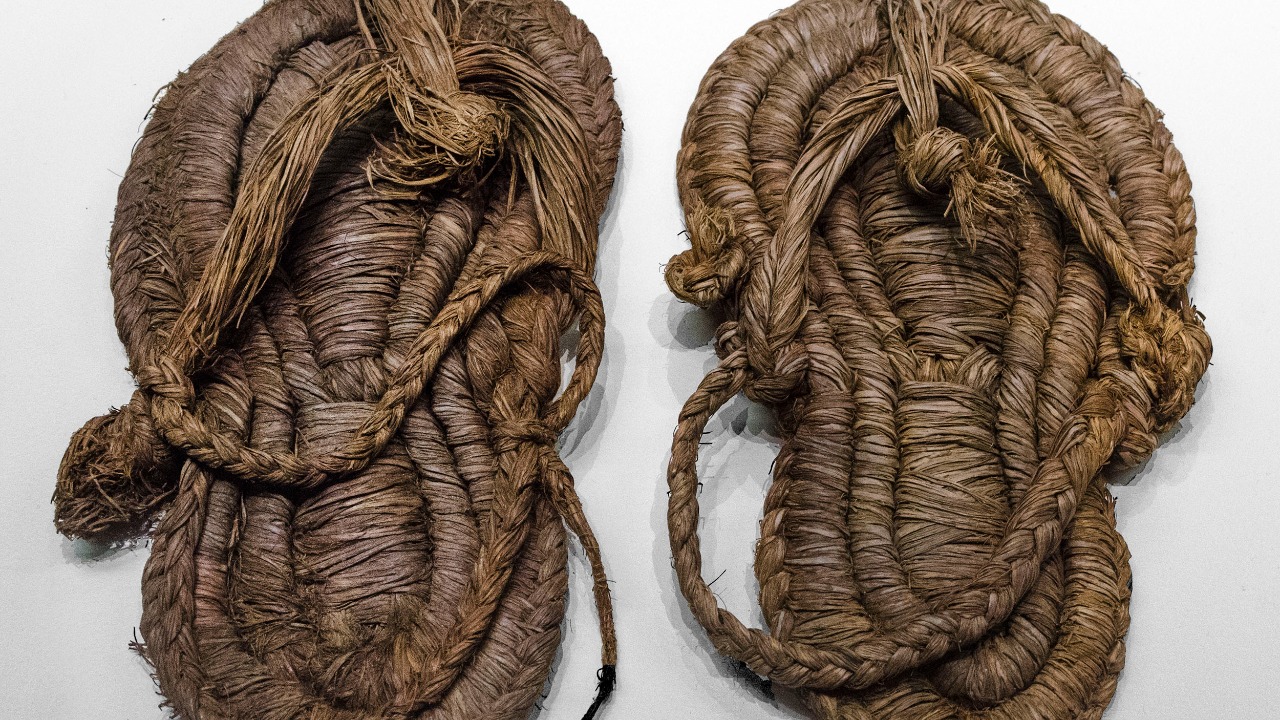
Archaeologists have uncovered a 750-year-old grass shoe nestled within a vulture’s nest in Spain, marking a rare find preserved by the unusual location. In a related discovery, a 650-year-old sandal along with other medieval artifacts turned up in centuries-old vulture nests in southern Spain, highlighting how these birds inadvertently safeguarded historical items. These finds, reported on October 6, 2025, offer fresh insights into medieval footwear and daily life in the region (Live Science; Archaeology Mag).
The Grass Shoe Find
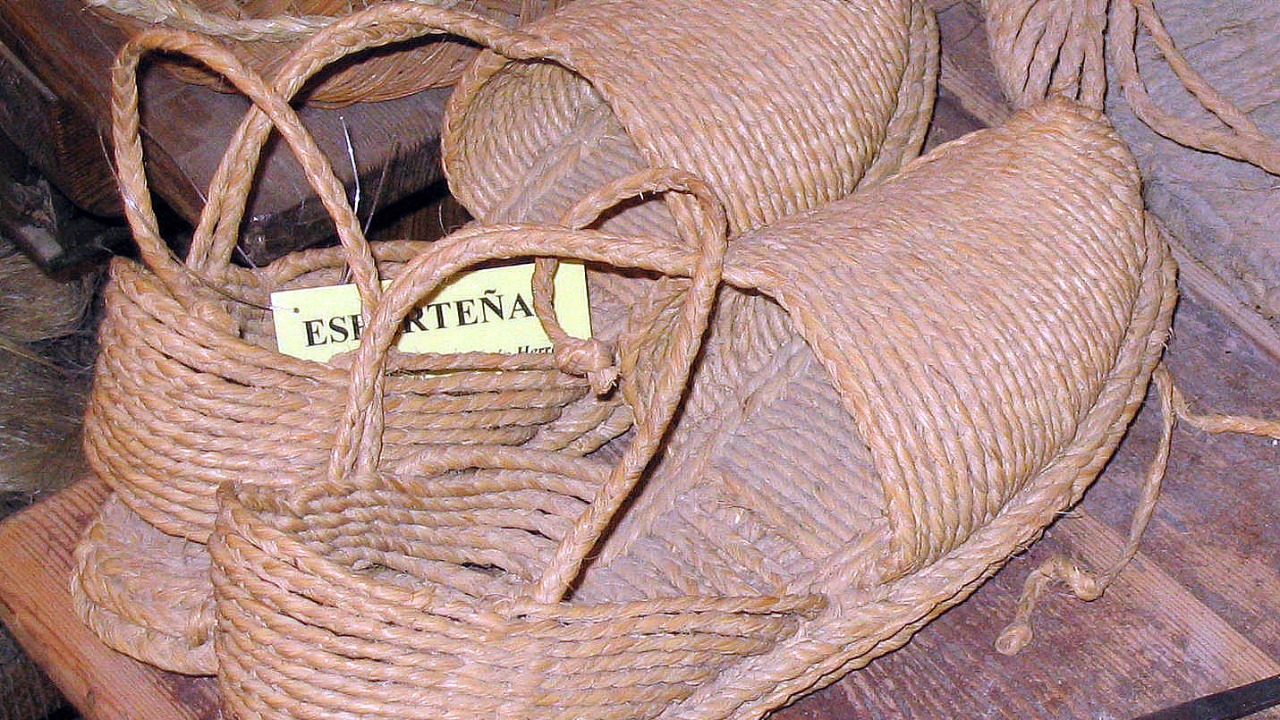
The discovery of a 750-year-old grass shoe in a vulture’s nest in Spain has captivated archaeologists and historians alike. This remarkable find was preserved in the unique environment of the vulture’s nest, which provided conditions that helped maintain the shoe’s integrity over the centuries. The shoe’s preservation is attributed to the nest’s dry and sheltered conditions, which are ideal for protecting organic materials from decay (Live Science).
Located in Spain, the shoe was discovered by a team of archaeologists who were exploring the area for historical artifacts. The reporting on October 6, 2025, highlights the significance of this find, as it provides a rare glimpse into the materials and techniques used in medieval footwear. The shoe’s construction from grass suggests a practical and resourceful approach to shoemaking during that period, offering valuable insights into the daily lives of people who lived centuries ago (Live Science).
The shoe’s discovery in such an unusual location prompts questions about how it ended up in the vulture’s nest. One theory suggests that the shoe may have been carried there by the birds themselves, possibly attracted by its materials or the remnants of human activity in the area. This hypothesis is supported by the fact that vultures are known to scavenge and collect various items to build their nests, which can include both natural and man-made objects. The presence of the shoe in the nest provides a unique opportunity to study the interactions between human settlements and wildlife during the medieval period, shedding light on how these two worlds coexisted and influenced each other (Live Science).
The Sandal and Additional Artifacts
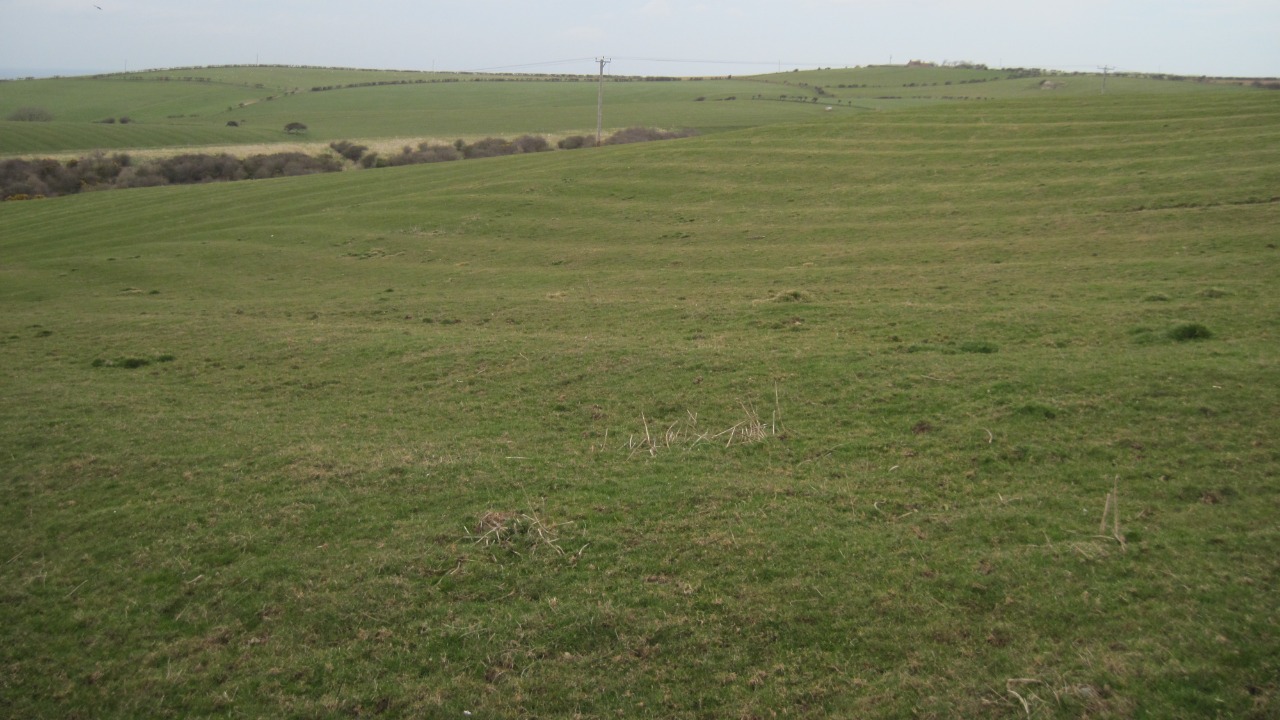
In addition to the grass shoe, a 650-year-old sandal was discovered in centuries-old vulture nests in southern Spain. This find was accompanied by other medieval artifacts, further underscoring the role of vulture nests as unexpected repositories of historical items. The sandal, along with the other artifacts, provides a broader context for understanding the material culture of the time (Archaeology Mag).
The discovery of these artifacts was reported on October 6, 2025, emphasizing the importance of the nests in preserving items that might otherwise have been lost to time. The conditions within the nests, such as their elevation and protection from the elements, contributed significantly to the survival of these artifacts. This highlights the potential of vulture nests as valuable archaeological sites that can offer new insights into the past (Archaeology Mag).
The sandal, crafted from leather, offers a contrasting perspective to the grass shoe, highlighting the diversity of materials used in medieval footwear. The leather’s durability suggests it was likely intended for more rugged use, possibly by individuals engaged in outdoor labor or travel. This find, alongside other artifacts such as pottery shards and textile fragments, paints a broader picture of the daily life and economic activities in medieval Spain. These items suggest a community that was both resourceful and adaptive, utilizing available materials to meet their needs. The artifacts also provide clues about trade and cultural exchange, as some materials and styles may have been influenced by interactions with neighboring regions (Archaeology Mag).
Preservation in Vulture Nests
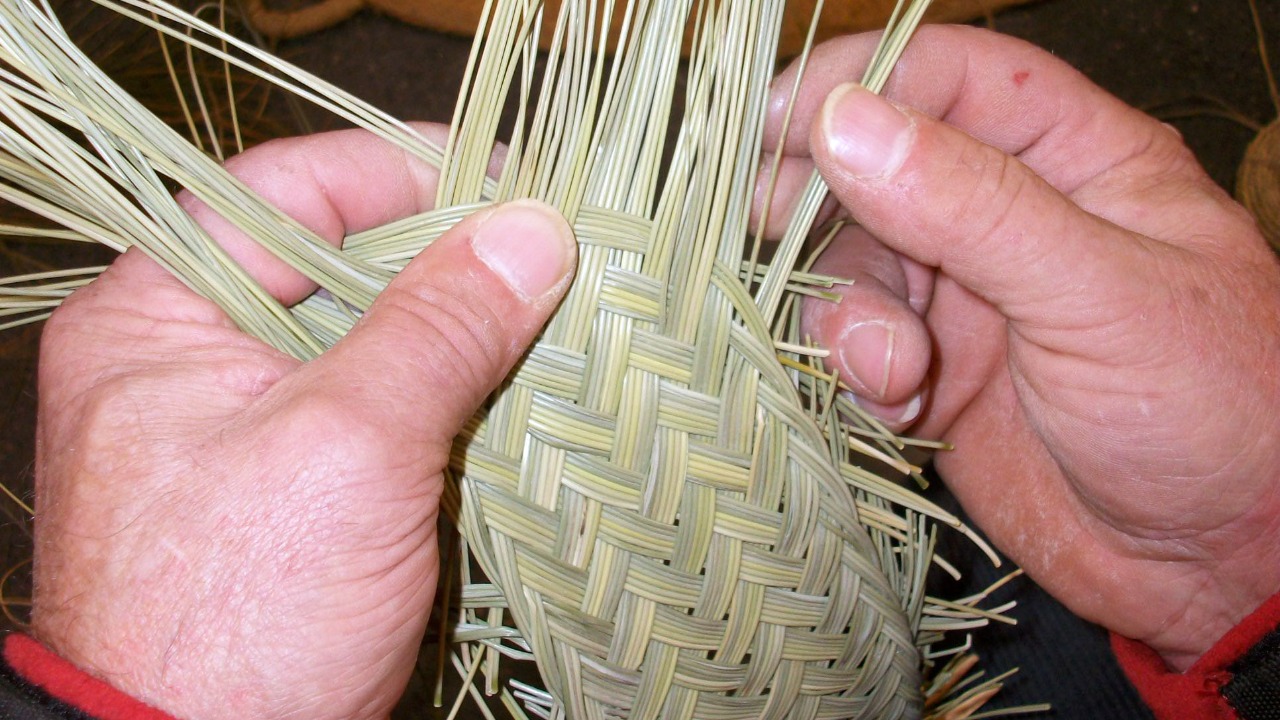
Vulture nests have proven to be an unexpected yet effective means of preserving historical artifacts. The 750-year-old grass shoe found in Spain is a prime example of how these nests can protect delicate items from the ravages of time. The dry and sheltered environment of the nests helps to prevent the decay of organic materials, allowing them to survive for centuries (Live Science).
Similarly, the centuries-old vulture nests in southern Spain have safeguarded a 650-year-old sandal and other medieval artifacts. These finds demonstrate the potential of vulture nests as archaeological sites that can yield significant historical insights. The preservation conditions within the nests have allowed these artifacts to remain intact, providing a unique opportunity to study the material culture of the medieval period (Archaeology Mag).
The role of vulture nests in preserving artifacts is a testament to the importance of natural environments in archaeological research. These nests, often located in remote and inaccessible areas, offer a unique microclimate that can protect delicate items from environmental degradation. The elevation of the nests shields them from ground moisture and potential flooding, while the dense construction of the nests provides insulation against temperature fluctuations. This natural preservation process allows researchers to uncover artifacts in conditions that are often better than those found in traditional archaeological sites. The study of these nests not only enriches our understanding of the past but also highlights the need to consider unconventional sites in archaeological explorations (Live Science).
Medieval Footwear Insights
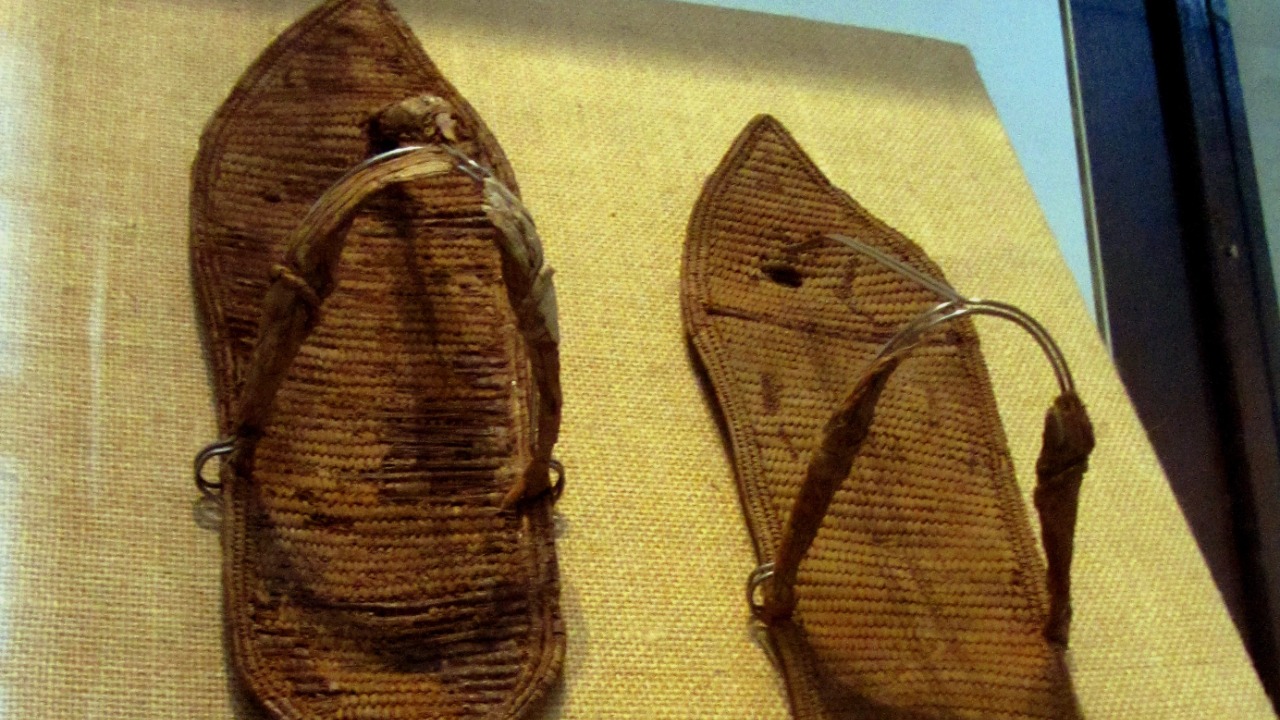
The discovery of the 750-year-old grass shoe offers valuable evidence of medieval crafting techniques in Spain. The shoe’s construction from grass indicates a resourceful use of available materials, reflecting the practical needs and ingenuity of the people during that time. This find provides a tangible connection to the past, allowing researchers to better understand the daily lives and challenges faced by medieval communities (Live Science).
Similarly, the 650-year-old sandal reveals details about footwear styles in southern Spain during the medieval period. The design and materials used in the sandal offer insights into the fashion and functionality of footwear from that era. Together with other medieval artifacts found in the vulture nests, these items illuminate aspects of everyday life, providing a richer understanding of the cultural and social dynamics of the time (Archaeology Mag).